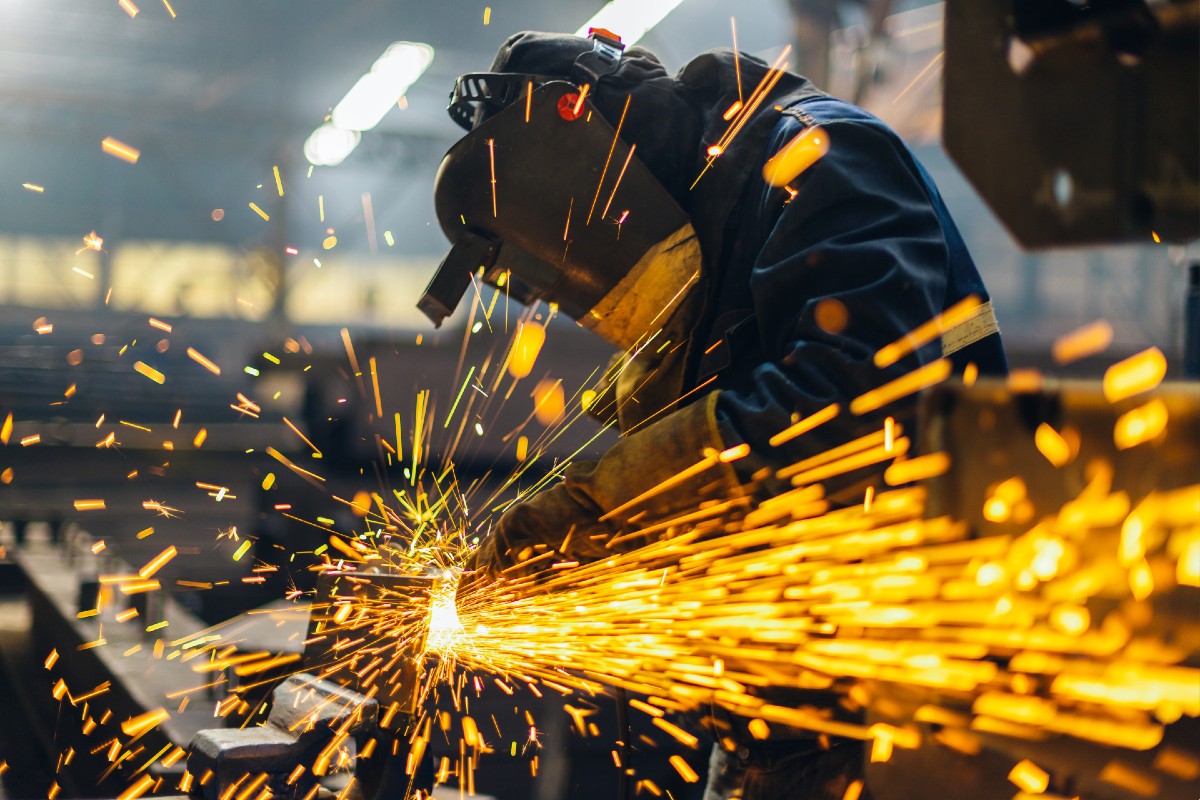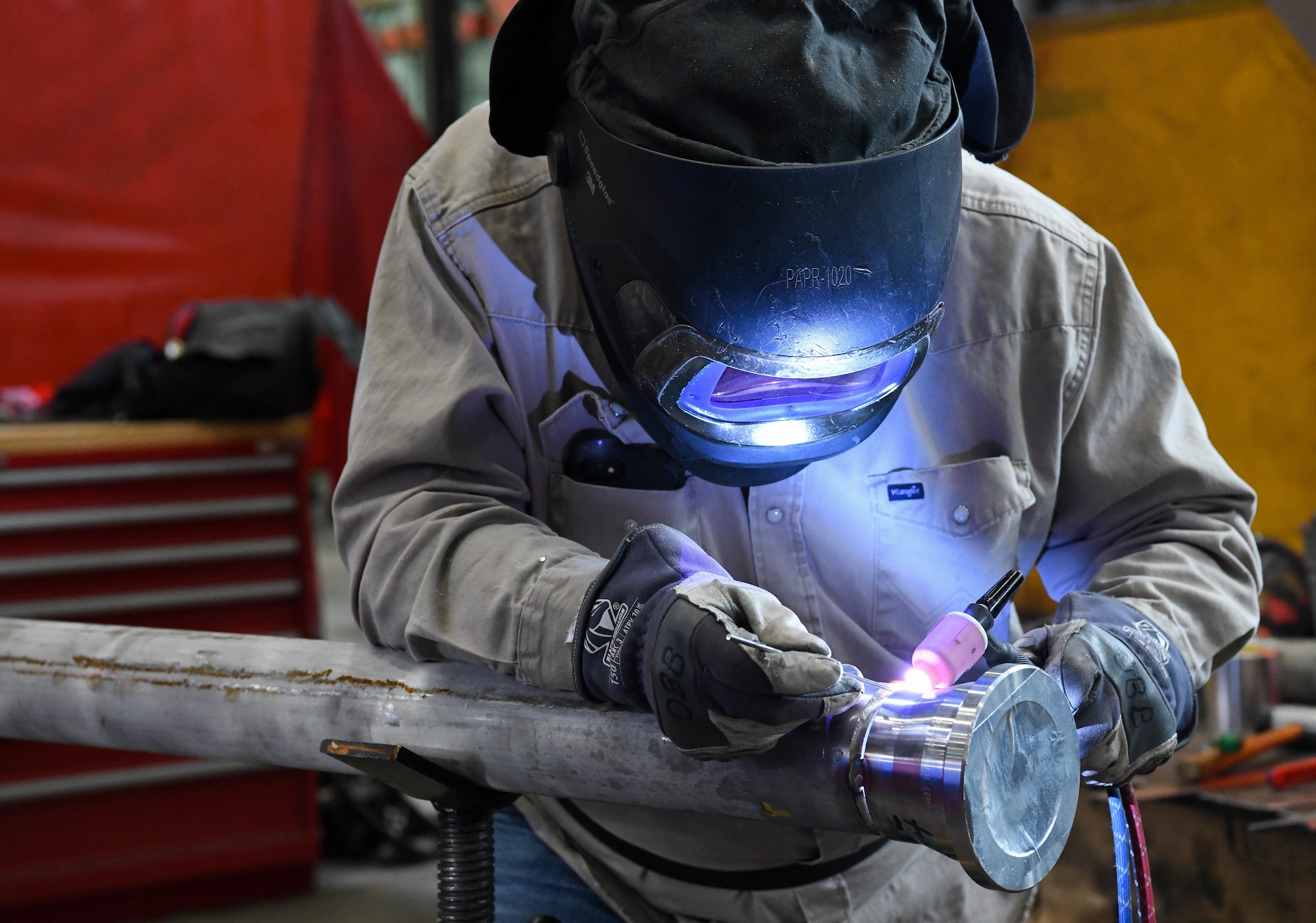Common Welding Repair Work Issues and Exactly How to Address Them Efficiently
Welding repairs frequently come across a series of concerns that can jeopardize the honesty of the end product. Typical issues consist of poor infiltration, porosity, and misalignment, to name a few. Each problem offers unique challenges that call for certain strategies for resolution. Understanding these problems is essential for welders intending to improve their results and skills. This discussion will certainly explore these usual welding repair work issues and reliable methods to resolve them.
Poor Penetration
Insufficient penetration happens when the weld steel falls short to totally fuse with the base material, leading to weak joints and potential structural failures. This concern frequently stems from inadequate warm input, wrong electrode angle, or incorrect welding rate. Welders may experience poor penetration due to a miscalculation of the required specifications for a details product thickness or kind. Furthermore, contamination on the base material's surface can impede efficient bonding, worsening the trouble. To deal with inadequate infiltration, welders ought to guarantee ideal settings on their tools and maintain a clean work surface area. Regular examination of welds is suggested to identify any kind of shortages early, enabling for prompt corrections and the prevention of endangered structural stability in welded assemblies.
Porosity
Porosity is an usual issue in bonded joints that shows up as small gas bubbles entraped within the weld metal. This problem can endanger the integrity of the weld, bring about reduced stamina and potential failure under tension. Montana Mobile Welding and Repair Welding. Porosity normally emerges from contamination, moisture, or incorrect welding strategies, which permit gases to get away into the molten weld swimming pool. To address porosity, welders must assure proper surface preparation, maintain a tidy working setting, and make use of appropriate welding specifications. In addition, selecting the appropriate filler product and protecting gas can mitigate gas entrapment. Normal assessment and testing of welds can help identify porosity early, assuring timely corrective actions are taken, thus protecting the high quality and integrity of the bonded structure
Imbalance
Imbalance in welding can emerge from various elements, including incorrect arrangement and thermal development. Recognizing the origin causes is necessary for efficient resolution. A number of modification techniques are available to straighten parts and ensure structural integrity.
Reasons for Misalignment
Welding imbalance often stems from a selection of underlying issues that can compromise structural honesty. One key cause is incorrect fit-up of components before welding, which can result in gaps and irregular surfaces. Variants in thermal development throughout the welding process can also result in distortion, particularly if the products being signed up with have different coefficients of development. In addition, inadequate clamping and fixturing might stop working to hold components firmly in area, leading to activity throughout welding. Badly conserved tools, including welding makers and devices, may present incongruities in the weld bead, more contributing to imbalance. Driver mistake, stemming from insufficient training or experience, can additionally play a considerable duty in creating misaligned welds.

Improvement Strategies Available
Addressing imbalance successfully calls for a mix of restorative methods tailored to the details issues at hand. One usual approach is making use of components or jigs to hold parts in the proper placement throughout welding, making certain regular positioning. Furthermore, preheating the products can aid minimize distortion and enhance fit-up. For substantial imbalance, mechanical realignment techniques, such as making use of hydraulic jacks or clamps, can be utilized to remedy the placement prior to welding. Post-weld warm therapy may also be needed to alleviate stresses triggered by misalignment. Mindful evaluation and modification during the setup stage can protect against misalignment concerns from ending up being considerable issues, advertising a smoother welding procedure and improving total architectural integrity.
Distortion
Distortion is a common challenge in welding that can develop from various elements, consisting of unequal cooling and heating. Understanding the reasons for distortion is important for carrying out reliable prevention techniques. Addressing this problem not just boosts architectural stability however additionally enhances the overall high quality of the weld.
Reasons of Distortion
When based on the intense heat of welding, materials often undergo modifications that can bring about distortion. This sensation largely arises from thermal development and contraction throughout the welding procedure. As the weld location warms up, the product broadens; upon cooling, it contracts, which can develop internal anxieties. Additionally, unequal heating across a work surface can worsen these stress and anxieties, causing bending or flexing. The sort of product also plays a considerable role; steels with varying thermal conductivity and coefficients of expansion may react differently, bring about uncertain distortions. Bad joint design and poor fixturing can contribute to imbalance during welding, increasing the chance of distortion. Recognizing these causes is vital for efficient welding fixing and prevention approaches.
Prevention Techniques
Reliable prevention strategies for distortion throughout welding focus on regulating warmth input and making sure proper joint design. Preserving a constant warmth input assists to reduce thermal expansion and contraction, which can lead to distortion. Using strategies such as preheating the work surface can also decrease the temperature level gradient, advertising consistent heating. In addition, selecting suitable joint layouts, such as T-joints or lap joints, can boost stability and minimize stress and anxiety concentrations. Applying proper fixturing to safeguard the work surfaces in position additionally help in maintaining positioning during the welding process. Finally, staggered welding sequences can distribute warm extra equally, avoiding localized distortion. By applying these strategies, welders can significantly reduce the possibility of distortion and improve the overall quality of their welds.
Splitting
Splitting is a typical concern experienced in welding repair work, frequently resulting from various aspects such as inappropriate air conditioning prices, product selection, or poor joint prep work. The event of splits can significantly compromise the integrity of the weld, resulting in prospective failures throughout operation. To resolve this problem, welders have to initially analyze the origin, making certain that materials work and properly picked for the particular application. Additionally, controlling the cooling price throughout the welding process is crucial; quick cooling can induce anxiety and lead to fracturing. Proper joint style and preparation additionally contribute to minimizing the risk. Applying these techniques can boost weld top quality and toughness, ultimately lowering the likelihood of fracturing in finished weldments.

Insufficient Blend
A considerable problem in welding fixings is insufficient blend, which occurs when the weld steel does not effectively bond with the base material or previous weld passes - Belgrade Fabrication. This problem can cause weak points in the joint, possibly compromising the integrity of the welded structure. Elements adding to insufficient blend consist of inadequate warmth input, improper welding method, and contamination of the surfaces being signed up with. To resolve this concern successfully, welders must ensure appropriate pre-weld cleansing and surface prep work, as well as adjust their welding parameters to attain appropriate infiltration and fusion. Routine inspection throughout the welding process can likewise aid identify insufficient blend early, permitting prompt corrective measures to improve the total quality of the weld
Overheating
While welding repairs can boost architectural stability, overheating provides a considerable difficulty that can cause product view publisher site destruction. Excessive warm during welding can alter the mechanical buildings of metals, causing minimized stamina, enhanced brittleness, and bending. This phenomenon is specifically critical in high-stress applications where structural dependability is paramount. Identifying getting too hot can involve aesthetic inspections for discoloration or distortion, along with keeping track of temperature during the welding process. To minimize the threats connected with getting too hot, welders should use appropriate strategies, such as managing warmth input, adjusting traveling rate, and using appropriate filler products. Furthermore, carrying out pre- and post-weld warm therapies can assist restore product properties and improve the general quality of the repair service, guaranteeing long-lasting performance and safety.
Regularly Asked Concerns
What Are the Typical Indications of a Welding Problem?

Exactly How Can I Test My Welds for Top quality?
To check welds for quality, one can make use of aesthetic assessments, ultrasonic testing, and radiographic techniques. Each technique guarantees structural honesty, identifies defects, and verifies adherence to specified standards, eventually improving the dependability of the bonded joints.
What Safety and security Preventative Measures Should I Take While Welding?
When welding, one should prioritize safety and security by using appropriate individual safety equipment, guaranteeing proper air flow, securing combustible products away, keeping a tidy work space, and understanding surroundings to avoid crashes and injuries.
Can I Repair a Weld Without Renovating the Entire Joint?
Repairing a welding services weld without remodeling the entire joint is possible, depending upon the damages (Belgrade Fabrication). Methods such as grinding, including filler material, or making use of a welding process can successfully address particular defects while preserving the bordering structure
What Equipment Are Crucial for Efficient Welding Repair Works?
Essential devices for efficient welding fixings consist of a welding machine, cord brush, mill, protective equipment, clamps, and filler materials. Each device plays an important duty in guaranteeing high quality and security during the repair procedure. Porosity typically arises from contamination, moisture, or inappropriate welding techniques, which permit gases to get away right into the molten weld swimming pool. Improperly kept tools, including welding devices and devices, might present inconsistencies in the weld bead, further adding to imbalance. When subjected to the intense warm of welding, materials usually undertake buzz box welder modifications that can lead to distortion. Breaking is a typical problem run into in welding repair work, frequently resulting from numerous elements such as incorrect air conditioning prices, product selection, or poor joint prep work. A significant issue in welding repair services is incomplete combination, which happens when the weld steel does not effectively bond with the base material or previous weld passes.